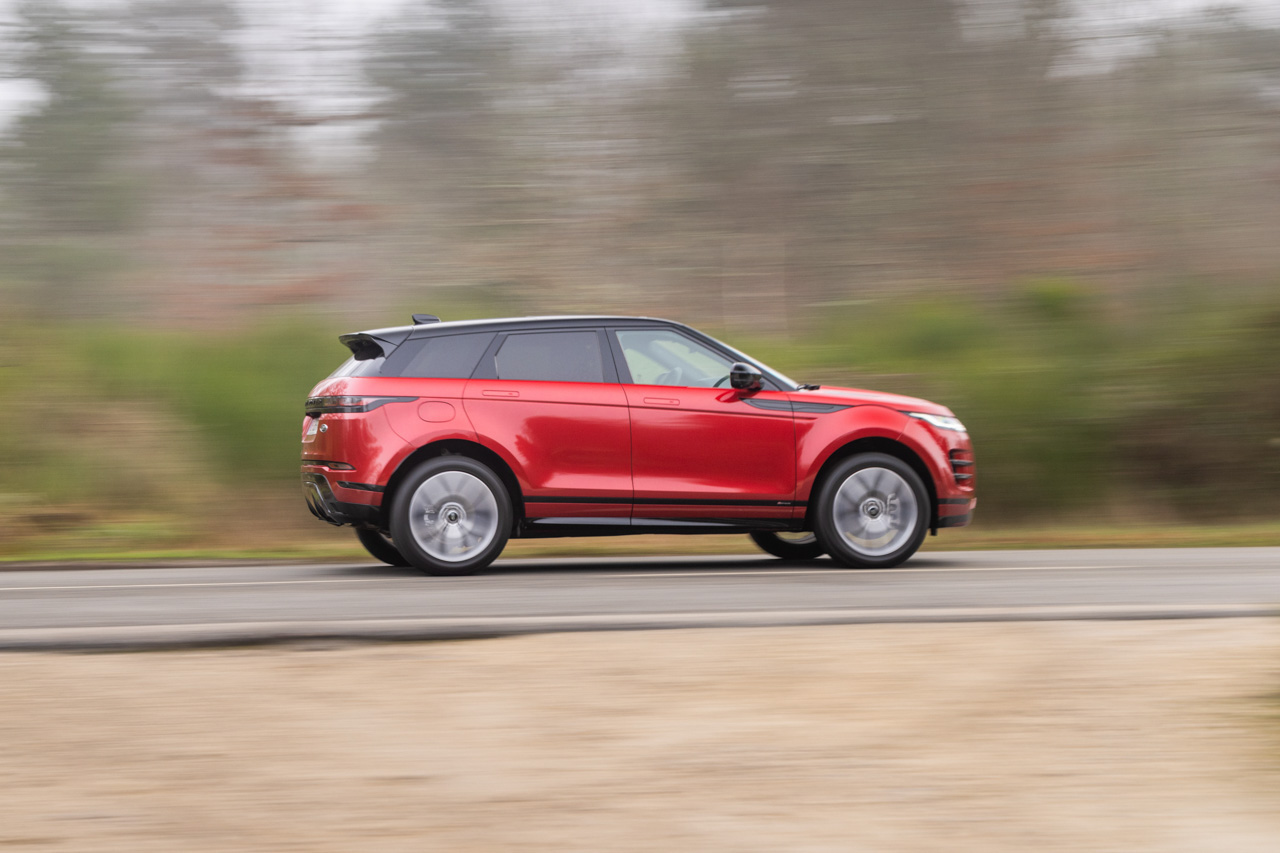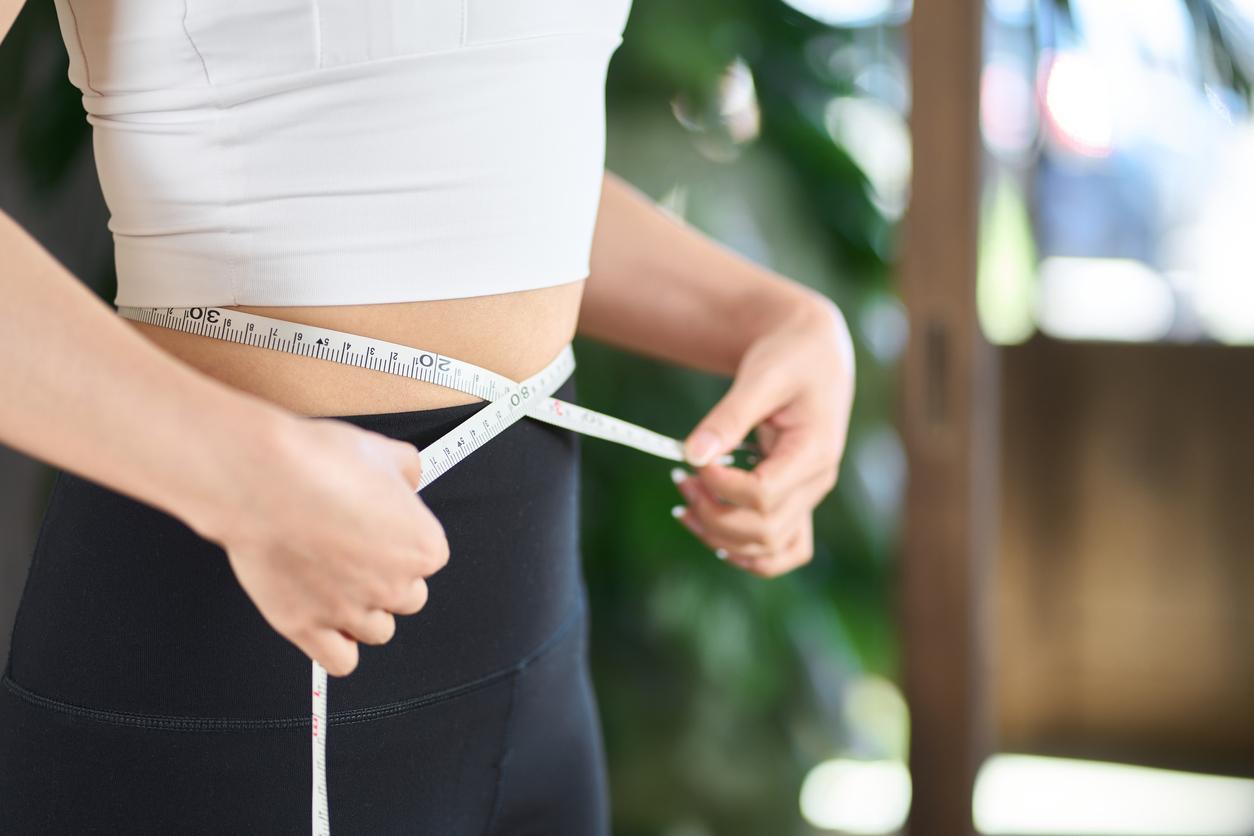
Offering a solution to rising fuel prices is not the primary vocation of a luxury brand, but Range Rover is launching a model running on E85. The first advantage of the Evoque Flexfuel 2022, however, is not the economy at the pump.
Car tested: Land-Rover Evoque P200 Flex Fuel R-Dynamic SE
|
From€59,925
no bonus |
With soaring fuel prices, the maxim “We don’t have oil but we have ideas” seems to find colors. On the Renault side, we are rediscovering the merits of LPG, while the electric is more than ever put forward by the manufacturers. At Land Rover, we follow the example of the former Ford parent company by offering the bi-fuel compatible with E85 on the petrol version of the Evoque.

To tell the truth, the manufacturer’s motivation is not so much to take advantage of the price of the liter at 0.73 € as to escape the formidable penalty which made the Evoque P200 strictly unsaleable with us. The adaptation to fuel of plant origin also has the advantage of being relatively easy to implement since it does not require a dedicated tank and supply circuit as for LPG. It is simply necessary that the injectors, valves, hose and tank are adapted to the flow rate and the more corrosive nature of this fuel. Finally, it asks that the calculator be able to adjust to the biofuel rate, which obviously varies according to refueling.
Range Rover Evoque E85 Price
Flexfuel technology does not involve any additional expense for the buyer of the Evoque since it is provided automatically. Thanks to the reduction of 40% of CO2 allowed by the State with this equipment (the emission rate used goes from 199 to 121 g/km), the Evoque essence thus manages to escape the penalty in 2022. Let’s not forget, however, that the weight penalty came into force this year and that the Evoque, with its obvious overweight, is subject to it. On our copy, whose mass indicated on the gray card is 1,917 kg, this amounts to a sum of 1,170 €. This is nevertheless acceptable in the face of the €6,300 penalty “CO2 that weighed on the petrol version in 2019.


At a time when luxury manufacturers are looking to simplify their ranges, the British SUV maintains a particularly extensive catalog. There are indeed five liveries, to which is added an aesthetic definition “R-Dynamic” applicable to three of them and a “Bronze” collection which oversees the range. In terms of prices, Land Rover does not go out of its way, since our test model in the intermediate SE finish with the R-Dynamic pack costs €59,900 excluding options. These are numerous and expensive, so much so that the total price of the vehicle exceeds €70,000! That’s significantly beyond the territory of ‘smart crisis-time buying’ and makes it the most pretentious SUV of its kind. To be completely complete, note that the same non-Flexfuel petrol model was billed at €58,900 in October 2020.
At the wheel of the Evoque Flexfuel
The Land Rover Evoque is no paradox. If its relatively measured length (4.37 m) allows it a priori to find its place in the city, its excessive width nevertheless quickly appears as a serious handicap. Two meters with the mirrors folded down means choosing your parking spaces carefully and sweating blood and water when going through the too narrow door of certain car parks. Added to this is a patent lack of progressiveness in its nine-speed ZF automatic transmission, which causes it to make unexpected jumps on start-up when the accelerator pedal is insufficiently dosed.

Once the city has left, however, the Evoque reveals remarkable dispositions. Its suspension appears indeed finely tuned and offers an unexpected quality of comfort for such a heavy model, equipped with 20-inch rims. Added to this is a steering with good precision and a rather energetic engine; its 200 hp reserve good recovery capabilities and are not stifled by the mass. This is however well felt when braking… and at the pump. When running on E85, the Evoque blithely crosses the 14 mark l/100 km in town and only agrees to go under that of 12 l on excessively favorable routes, for example that of 150 km that we traveled on a fast track at 110 km / h.
We did the same trip in the opposite direction once we had filled up with Super E10, and we could see that the computer adapted very quickly to the new fuel. Consumption then stood at 8.3 l/100 km. Despite the difference in consumption of more than 30% between the two energies, it is naturally more advantageous to run on ethanol. Be careful however: autonomy remains problematic despite the 67 l tank. Finally, remember that Land Rover also offers the Evoque P300e with plug-in hybrid technology, which also escapes the knockout penalty and allows daily electric driving if you have home charging facilities.
In the cabin





Competetion
The Land Rover Evoque E85 plays on velvet since, despite the obvious advantages of this fuel, no luxury manufacturer has this type of offer in its range. None is therefore able to offer a 200 hp petrol model with all-wheel drive exempt from penalties. Thus, an Audi Q3 2.0 TFSi Quattro Advanced is certainly charged €9,300 less than our Evoque, but it must pay €5,404 in tax. This reduces his advantage, especially since he is less well equipped.
However, a look at alternative engines is enough to make you hesitate, because the stratospheric prices of the English SUV immediately place it in front of plug-in hybrid competitors. We can mention the 218 hp Mercedes GLA 250 e AMG Line, which offers a range in electric mode of 56 km WLTP. Despite its technology, it is sold significantly cheaper than the Evoque at €51,599… but it does not have all-wheel drive. However, such models can be found at this price level in the upper category. This is particularly the case of the DS 7 Crossback Performance Line + E-Tense of 300 hp, which does have a 4 x 4 mode and displays 100 hp more for 61,900 €.
Find the results of the test, the technical sheet, but also all the prices and equipment on the next page…

















